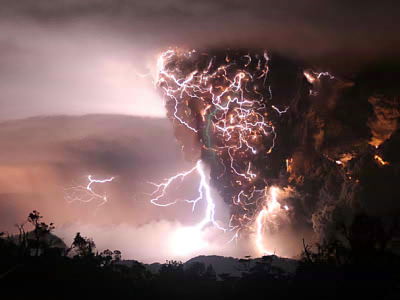'Hiroshima glass' formed by the atomic bomb dropped on Hiroshima may reveal the origin of the solar system

Condensation of fallout glasses in the Hiroshima nuclear fireball resulting in oxygen mass-independent fractionation - ScienceDirect
https://www.sciencedirect.com/science/article/abs/pii/S0012821X23004867

Hiroshima fallout debris linked to first solar system condensates
The atomic bomb, which exploded 580 meters above Hiroshima on August 6, 1945, turned into a plasma fireball with a temperature of approximately 10 million degrees and 1 million atmospheres within a radius of 260 meters, causing a heat wave of 6,287 degrees Celsius on the ground. It is being
Just 0.35 seconds after the explosion, the pressure of the fireball rapidly decreased in line with the pressure of the surrounding atmosphere, and within 10 seconds the temperature was said to have dropped from 1726 °C to 1226 °C. As a result, in the 0.5 to 2 seconds immediately following the explosion, concrete, iron-aluminum alloys, industrial glass, and soil were instantly vaporized and mixed with sand, river water, and the atmosphere, creating a variety of glasses. I got it.

The research team analyzed 94 pieces of 'Hiroshima glass' discovered in Hiroshima Bay, and found that it contains

The research team also measured the isotopic composition of the silicon dioxide they discovered. The results revealed that a glass consisting of azofeldspar was formed first, followed by white grain rock, then soda lime, and then pure silicon dioxide.
According to the research team, the formation of these substances is related to the rapid condensation within the fireball, which is approximately 720 to 3,000 degrees Celsius, caused by the detonation of the atomic bomb. This condensation process is thought to be very similar to the formation of the aluminum- and calcium-rich solids called

In fact, it has been revealed that the isotopic composition of silicon dioxide in Hiroshima Glass was within the composition range of CAI, and although the environment in which Hiroshima Glass was formed was different from that of CAI, research The team hopes that by understanding the formation process of Hiroshima glass, which changes from gas to solid, it will be possible to clarify the origin of the solar system and the subsequent formation process of materials.
Related Posts:
in Science, Posted by log1r_ut







